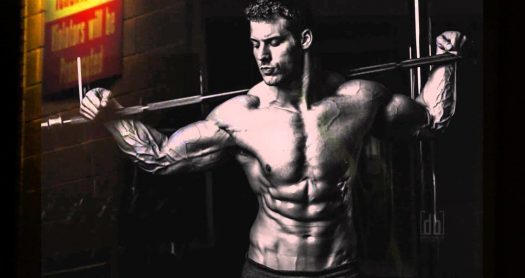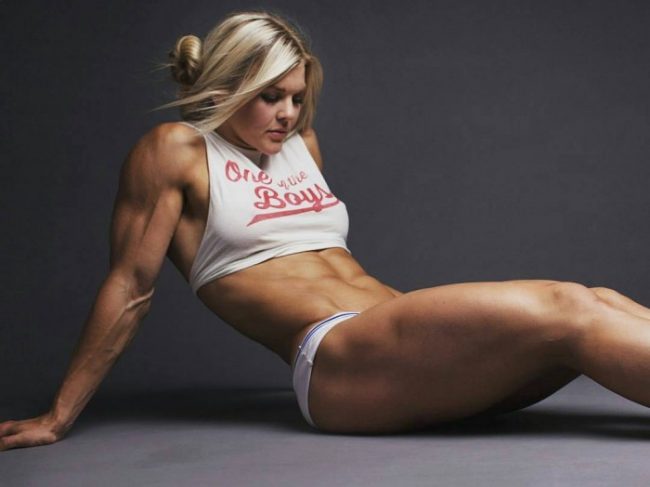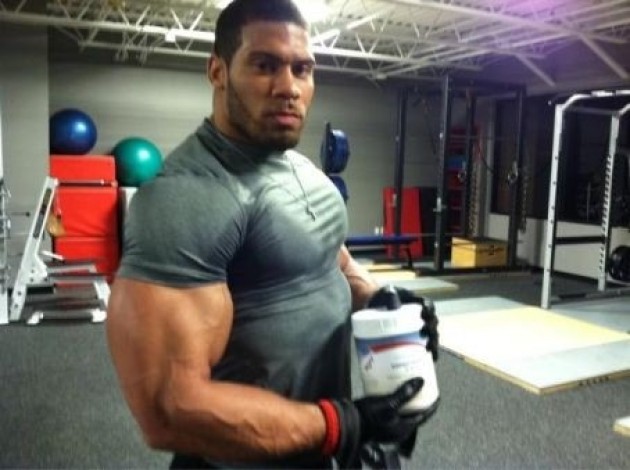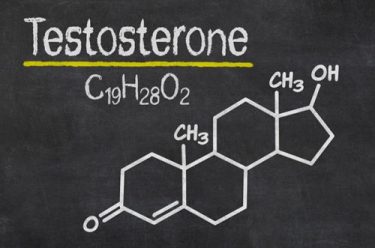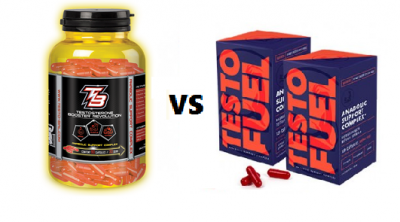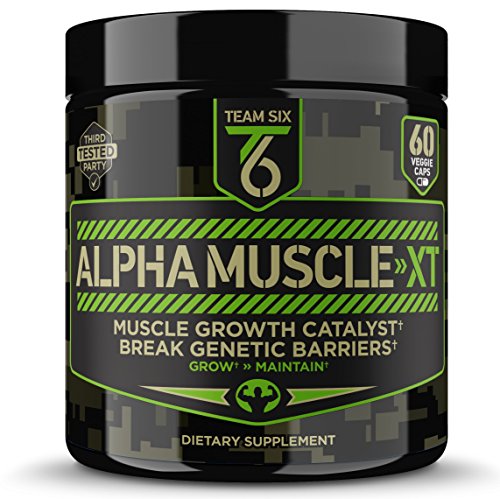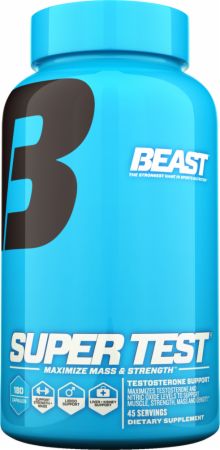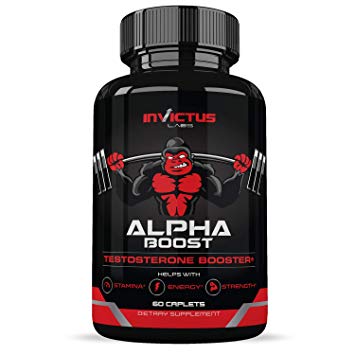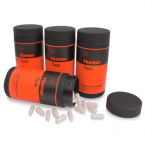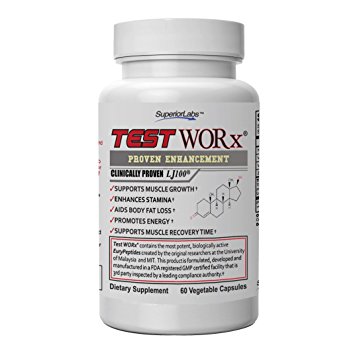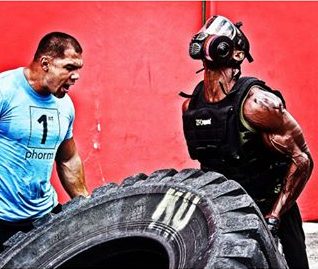I think you will agree that building muscle isn’t easy.
The thing is…
There is more to it than just hitting the gym and training hard.
Your hormones can have a major impact on how much success you have. Of all the hormones in your body, the main hormone for muscle building would be testosterone, another one you should also be concerned about is cortisol. This article will cover how both of those can affect you when it comes to the gym.
Related: See our Top 15 Testosterone Boosters
Related: 11 Best Testosterone Supplement For Older Guys
Hormones & Muscle Growth
When it comes to muscle growth the two hormones you need to focus on are testosterone and cortisol. Male or female it doesn’t matter, the key hormone for muscle growth is testosterone. If your training isn’t effective in triggering testosterone release you will be hard pressed to build muscle.
On the flip side, too much cortisol will work against the action of testosterone, negating its positive effects. Cortisol is a catabolic hormone, meaning it breaks muscle tissue down. So if your training produces too much cortisol you will find it hard to make size and strength gains.
So the key to muscle growth then is to MAXIMIZE testosterone release and MINIMIZE cortisol release.
Muscle Gain is Individualized
The truth about building muscle is that it’s different for everyone. There is no hard and fast rule that accommodates everyone because everyone is uniquely different in how their body releases both testosterone and cortisol. While it’s commonly assumed that heavy weight releases the most testosterone, studies have shown that it all depends on the individual.
Some people respond better to 8-10 reps and some to rep ranges of 15+ even though those rep ranges are commonly thought to be endurance rep ranges.
It’s convenient to blame poor muscle growth results on genetics but the bottom line is that some people respond to the “common wisdom” on muscle growth (like heavy weight, lower reps) and others just don’t.
Two studies in the Journal of Strength and Conditioning assigned different exercise protocols to rugby players. The exercises were the same but the set and rep ranges varied from 4×10 with moderate rest; 3×5 with long rest periods, and 5×15 with only one minute of rest between sets.
You’d assume the 3×5 protocol gained the most strength and the 4×10 generated the most size but the studies showed that each protocol- even the high rep low rest one- stimulated high testosterone release in SOME individuals.
In fact, each person in the study had a unique testosterone response to the training.
The same was true of cortisol. Some people released more cortisol in response to the high rep/low rest protocol, some in response to the heavy weight done at 3×5 and some to the moderate 4×10.
What This Means
It’s important to find a protocol that both enhances your body’s ability to release testosterone and minimizes your body’s release of cortisol.
Obviously, in the real world, we don’t have easy access to equipment that can scientifically measure hormonal responses to exercise but there are several factors you can consider to get an idea of the effectiveness of your training:
1- How is your recovery? Some soreness should be expected, but if you are excessively fatigued or intensely sore it can indicate an imbalance in the cortisol to testosterone ratio which will mean results will suffer
2- Are you getting stronger? If gains in strength aren’t being achieved and you aren’t able to progress the weight you’re using chances are the protocol you’re on may not be optimal.
3- How’s your energy? Hunger? Sleep? Mood? The first signs of lowered testosterone and elevated cortisol are a decline in energy, cravings for sweets, a dramatic increase in hunger, irritability, restless sleep, and waking up feeling tired. This why I always ask my clients about these factors. These measures act as biofeedback for me on how my programming is affecting the muscle building hormonal metabolism.
Ideally, you want training to be intense enough to produce sufficient testosterone release but not to the point that excessive cortisol becomes an issue. It’s difficult to look past old beliefs and entertain new ideas but the truth is that if the conventional 3×5 wisdom hasn’t been working for you in terms of gaining size or strength, then it’s likely not the protocol for you. Even if you’ve read or been told otherwise.
Just as people respond differently to nutrition and diet, guess what- they respond differently to training as well.
Another good option would be to consider a testosterone supplement that builds muscle. These natural supplements work with your body to increase your natural testosterone production and make it much easier to build muscle than it would be otherwise.
Justin Woltering

